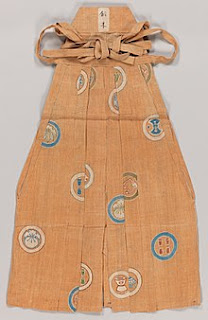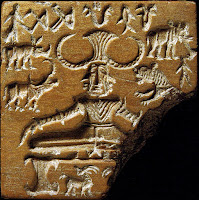Water conservation for time

AGRASEN KI BAOLI in Delhi is a stepwell built on four levels. It was probably built in the 14th century by wealthy merchants, in the name of Raja Agrasen, the grandfather of Krishna and Balram. 108 steps lead downwards to the water level. The first two levels have niches in the walls that must have served as meeting places, and there are passages and rooms inside the baoli. In the northern end of the baoli is a well. In the past, as the water rose in the well, it would fill the baoli from the bottom to the top level. The steps were built next to the shafts of wells so that whatever the level of the groundwater, residents could always access some. Agrasen ki baoli historical monument, flight of steps. (Souravmishra26 / CC BY-SA 4.0 ) It seems likely that there was a stepwell here many centuries ago, we know for example, that the Bronze Age Indus Valley Civilization built these water-harvesting structures. But this isn't the only Baoli in Delhi, or


